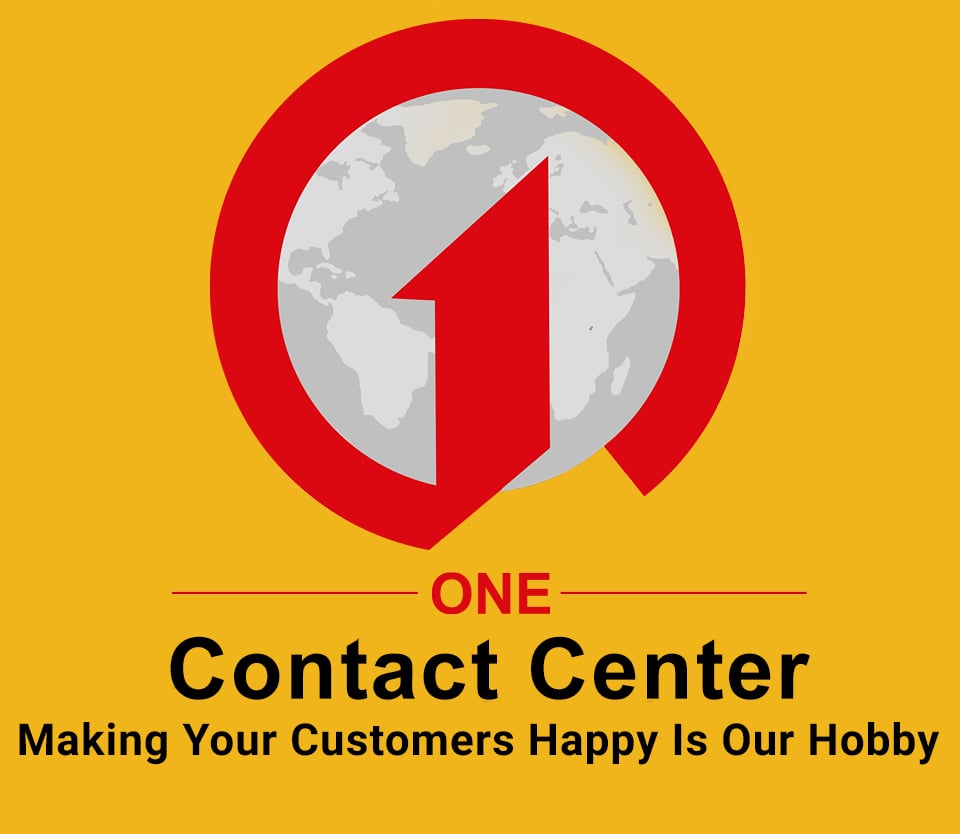Understanding different customer types and tailoring call center support accordingly can significantly enhance customer satisfaction and loyalty. This article explores strategies for identifying various customer types, personalizing interactions, training call center agents, utilizing technology, measuring satisfaction, handling challenging interactions, and fostering a customer-centric culture.
Identifying Different Customer Types
Understanding Customer Profiles
To better understand your customers, segmenting them and creating detailed personas can be highly effective. Each persona should represent a specific segment of your customer base, complete with a name, demographic details, preferences, behaviors, and needs. This helps in tailoring your marketing strategies and product offerings to better meet the needs of different customer groups.
Common Customer Personas
Understanding Your Customers: You should invest time in understanding your target audience. You can gather data through surveys, feedback forms, social media listening, and analytics to understand their preferences, pain points, and expectations.
Segmenting Your Audience: This is a critical step in creating effective marketing strategies and delivering tailored products and services. By recognizing that not all customers have the same needs, you can segment your audience based on various factors such as demographics, psychographics, behavior, and preferences. This allows you to tailor your offerings more effectively and improve customer satisfaction.
Segmenting Your Audience
Effective audience segmentation involves a few key steps: data collection, segmentation, and understanding customer profiles. This approach helps organizations tailor their offerings and customer support more precisely to meet diverse customer needs.
- Data Collection
The first step in segmenting your audience effectively is to gather relevant data from various sources. This comprehensive data collection provides the necessary foundation to accurately identify and understand different customer segments. Key data sources include:
- Customer Surveys: Gather direct feedback on preferences, satisfaction, and needs.
- Feedback Forms: Collect insights on specific interactions or products.
- Online Reviews: Analyze customer sentiments and opinions.
- Social Media Interactions: Monitor discussions, mentions, and customer engagement.
- Sales Data: Review purchase history, frequency, and product preferences.
- Segmentation
Once you have collected the data, the next step is to divide your customer base into distinct segments based on common characteristics. This allows for more targeted marketing and personalized customer experiences. Common segmentation criteria include:
- Demographics: Age, gender, income, education, occupation, location.
- Psychographics: Lifestyle, values, interests, attitudes, personality traits.
- Behavioral Data: Purchase history, usage patterns, brand loyalty, response to marketing efforts.
- Needs-Based Segments: Specific customer needs and pain points that your product or service addresses.
- Understand Customer Profiles
To truly understand and empathize with your customers, it’s crucial to create detailed profiles for each segment. These profiles, or personas, bring to life the different types of customers who interact with your customer support teams. They help your organization connect with and understand customer needs and wants more deeply.
Personalizing Customer Interactions
Personalizing customer interactions is crucial for enhancing the overall customer experience. Your call center technology should be set up to assist agents in delivering tailored support.
Using Customer Data Effectively
Utilize customer data to personalize interactions, tailoring responses based on past interactions and customer profiles.
Tailoring Communication Styles
In today’s market, customers expect personalized interactions with businesses. Tailoring your communication styles to meet these expectations involves understanding each customer's unique needs and preferences and leveraging data to provide seamless, consistent, and personalized experiences.
Implementing Personalized Solutions
Tailoring messages and responses to the individual is crucial. For the best results, though, you should combine this level of autonomy with a framework that can be used for all types of calls in a call center.
Personalize the experience to greatly enhance your customer satisfaction rates by tailoring the experiences to your customer’s specific needs and preferences.
Training Call Center Agents for Success
Essential Skills for Agents
To ensure call center agents deliver exceptional customer experiences, it's crucial to focus on essential call center skills. These include active listening, effective communication, empathy, emotional intelligence, problem-solving abilities, and product knowledge. Implement targeted agent training programs to enhance these skills.
Ongoing Training Programs
Investing in ongoing training programs is vital for maintaining high standards of customer service. Utilize call center statistics to identify specific training needs and offer targeted training in areas like conflict resolution and product knowledge. This continuous improvement approach helps agents stay updated and proficient.
Empowering Agents with Autonomy
Empowering agents with autonomy can significantly improve their performance and job satisfaction. Encourage agents to make decisions and solve problems independently, which fosters a sense of ownership and accountability. This empowerment leads to more efficient and effective customer service.
Utilizing Technology for Enhanced Support
CRM Integration
Customer Relationship Management (CRM) systems are essential for modern call centers. They help agents keep track of customer interactions, preferences, and history, enabling more personalized and efficient service. Integrating CRM systems with other tools ensures that all customer data is centralized, making it easier for agents to access the information they need.
AI and Automation
Leveraging AI and automation can significantly enhance customer support by improving efficiency, providing quick responses, and freeing up human agents to handle more complex issues. Here are some ways to embrace technology solutions to optimize your customer support:
Real-Time Analytics
Real-time analytics provide immediate insights into call center performance. By monitoring key metrics such as call volume, wait times, and customer satisfaction in real time, supervisors can make quick adjustments to improve service quality. These tools not only allow employees to work from anywhere but also enable better customer service, as managers can offer coaching and support to agents whenever necessary.
Measuring and Improving Customer Satisfaction
Collecting Customer Feedback
Collecting customer feedback is essential for understanding how well your call center is meeting customer needs. It provides deep insights into your overall business performance. Here are some effective methods to gather feedback:
- Customer satisfaction surveys
- Net Promoter Score (NPS) surveys
- Customer effort score (CES) surveys
- Direct feedback through customer support interactions
Analyzing Performance Metrics
To measure customer satisfaction effectively, it is essential to regularly analyze key performance metrics. By focusing on specific KPIs such as the Customer Satisfaction Score (CSAT), Net Promoter Score (NPS), and Customer Effort Score (CES), businesses can gain valuable insights into their performance and monitor satisfaction levels throughout the customer journey.
|
Metric |
Description |
|
CSAT |
Customer Satisfaction Score (CSAT) measures customer satisfaction with a specific interaction or overall experience |
|
NPS |
Net Promoter Score (NPS) gauges customer loyalty and likelihood of recommending your service |
|
CES |
Customer Effort Score (CES) assesses the ease of customer interactions with your support team |
Implementing Continuous Improvement
Once you have collected and analyzed customer feedback, the next step is to implement continuous improvement strategies. This involves:
- Identifying areas where your call center is performing well and where there are loopholes.
- Developing action plans to address identified issues.
- Regularly reviewing and updating your strategies based on new feedback and performance data.
Regular measurement and analysis of customer satisfaction metrics are key to ensuring your call center's operations are effective and continuously improving.
Handling Challenging Customer Interactions
De-escalation Techniques
When dealing with challenging customer interactions, it's crucial to actively listen to the customer without interrupting them. Implement a training module that highlights the importance of a standardized greeting, ensuring consistency across all customer interactions. This may include a defined opening that extends to other departments.
Providing Empathy and Support
Directly tackle the customer’s concern, offering a satisfactory and personalized resolution efficiently. Ensure agents have easy access to an updated, comprehensive knowledge base. Foster an environment that encourages decision-making and autonomy, empowering agents to use their judgment in resolving issues and tailoring their service to the individual.
Turning Negative Experiences Around
Ensure consistent quality of service across all customer interactions, regardless of the customer’s perceived status. Before ending the call, ask if there’s anything else you can assist with, showing thoroughness and concern for the customer’s overall experience. It’s also a chance to address any other problems more quickly as it saves repeat processes like going through security questions.
Cultivate a healthy relationship by being proactive instead of waiting to solve issues after customers complain.
Creating a Customer-Centric Culture
Creating a customer-centric culture is essential for any organization aiming to deliver outstanding customer experiences. This involves aligning company values with customer needs, encouraging team collaboration, and recognizing and rewarding excellence.
Aligning Company Values with Customer Needs
To build a customer-centric culture, it's crucial to align your company culture to focus on the customer experience first. Your employees play a vital role in most customer touchpoints, so it is essential to be clear on your brand’s values and what makes the experience delightful.
Encouraging Team Collaboration
Encouraging team collaboration is vital for a customer-centric culture. When employees work together, they can share insights and strategies that enhance the overall customer experience. Consistent communication and a unified approach ensure that your brand voice and image remain consistent across all channels.
Recognizing and Rewarding Excellence
Recognizing and rewarding excellence is a key component of maintaining a customer-centric culture. Celebrate the achievements of employees who go above and beyond in delivering exceptional customer service. Consider implementing a rewards program that highlights outstanding performance and encourages continuous improvement.
A customer-centric company is more than providing great customer service. It involves creating a company culture that is focused on customer experience at every touchpoint.
Conclusion
Understanding the different types of customers and tailoring call center support to meet their unique needs is essential for achieving optimal results. As highlighted, 71% of consumers expect personalized experiences, and failing to provide this can lead to significant frustration. By establishing a robust framework and continuously adapting strategies based on customer feedback and evolving trends, call centers can enhance efficiency, engagement, and satisfaction. Remember, the key to success lies in customizing solutions to align with your business goals and ensuring that every interaction is handled with care and precision. By doing so, you not only improve customer satisfaction but also foster long-term loyalty and business growth.
One Contact Center
One Contact Center offers call center support and BPO services for small businesses, startups, and international brands. If you’re keen on boosting your customer experience with reliable support services, please, contact us today. We’ll be more than happy to help.


